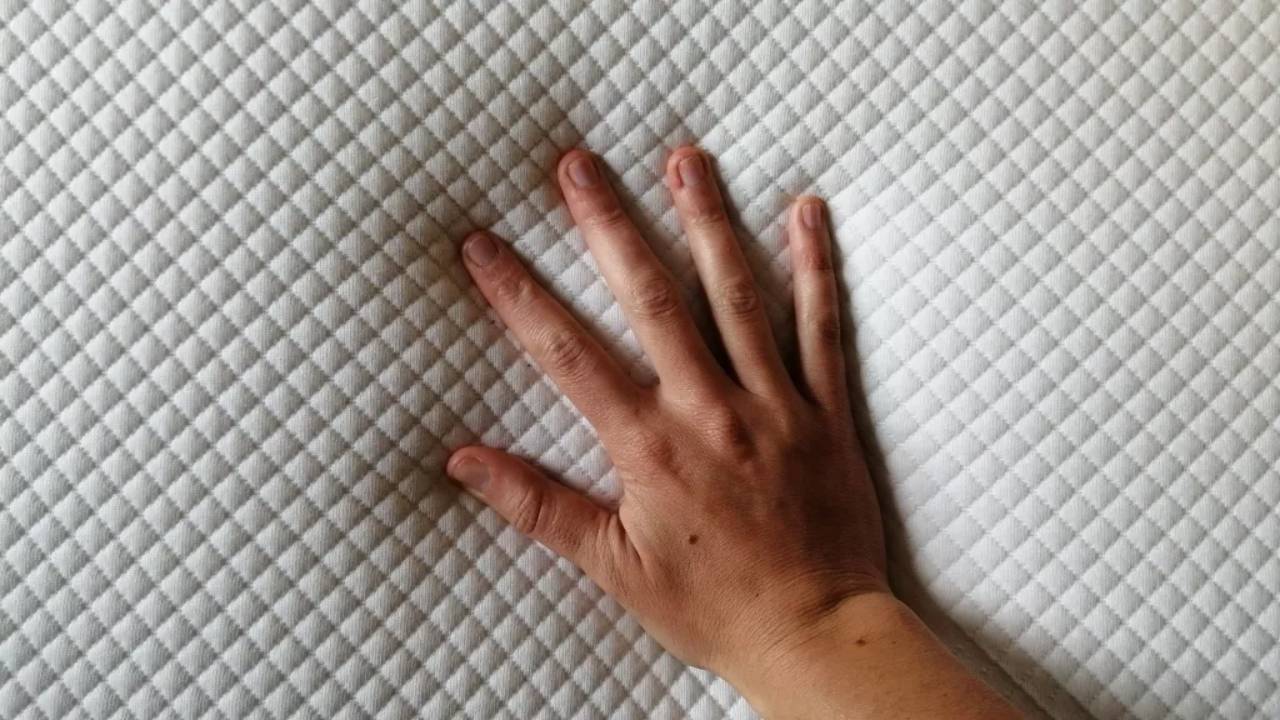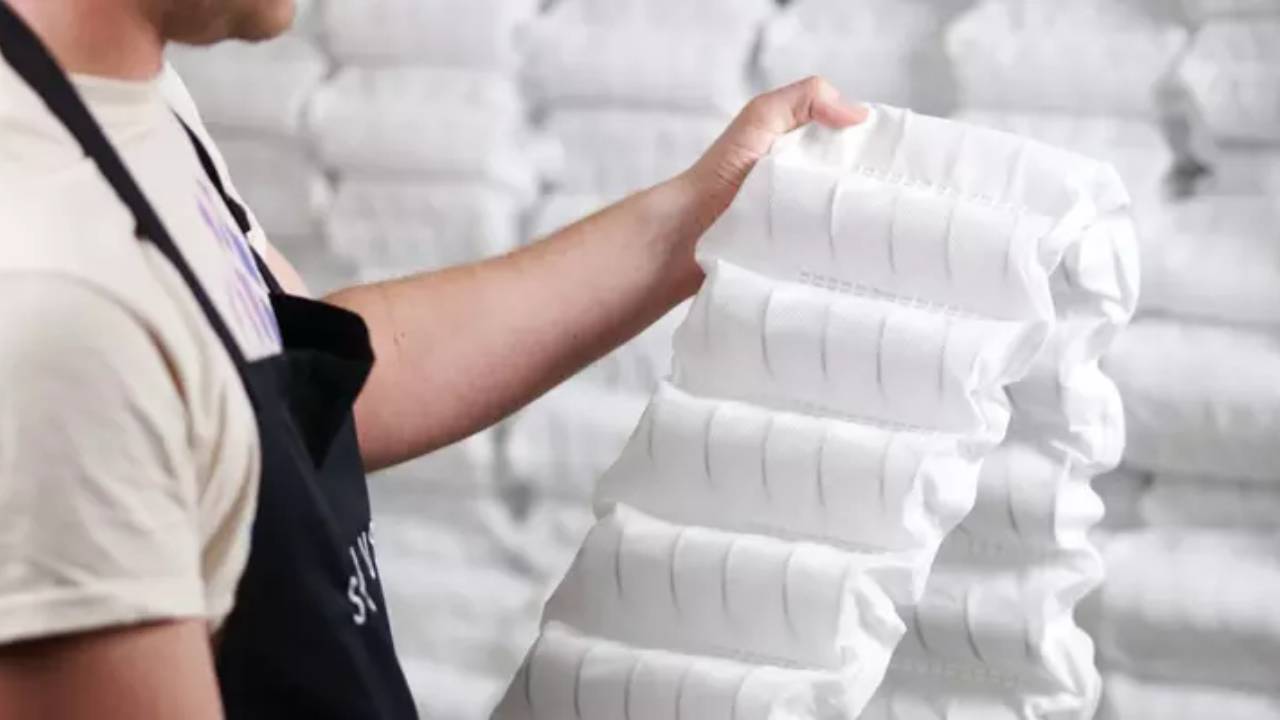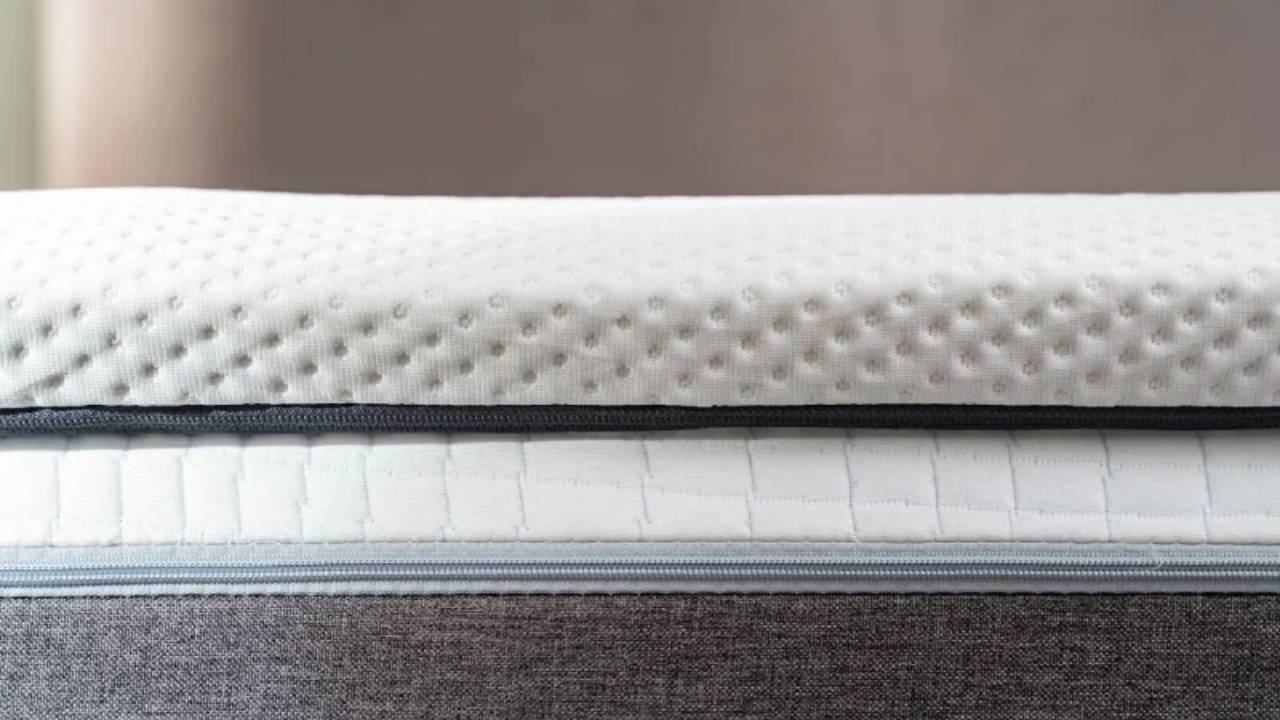Memory foam, springs, hybrid & latex: what mattress type & material lasts the longest?
We compare mattress types to find out which mattress material is the most durable


How long do mattresses last? Depending on the material, your mattress could last longer (and shorter) than you think…
When it comes to finding the best mattress, one of the main things that you should focus on is durability. Considering the amount of money that you invest on a new mattress, it should last you a while and give you the proper support, comfort and quality throughout the years.
While you should replace your mattress every 7-10 years, if you’re looking after it properly, it should last the full duration of its lifespan and maybe even longer. Having said that, material can determine how long your mattress will last for, whether you prefer innersprings, are a fan of hybrids, a lover of latex or you own one of the best memory foam mattresses.
To help you find the right mattress, we’ve looked into memory foam, open coil, innersprings, hybrids and latex to determine which material will last the longest.
Which mattress material lasts the longest?
While the general rule of thumb is to replace your mattress once every decade, not all mattresses will stand the test of time. Here, we’ve ranked mattress material from worst to best, in terms of durability.
Open coil
Open coil mattresses are constructed with individual springs that have a continuous wire connecting them together to make the spring unit. This make-up causes open coil mattresses to have the worst durability compared to other types, as if one spring fails, all springs are affected and can lose their rigidness, construction and integrity. If your open coil mattress starts to feel lumpy or saggy, this is likely because of a spring failure. Open coil mattresses last on average between 5-8 years depending on how often they’re used.
Get all the latest news, reviews, deals and buying guides on gorgeous tech, home and active products from the T3 experts
Springs
A pocket sprung or innerspring mattress is where individual pocket springs are sewn into pockets of the mattress. As they’re not connected by a wire like an open coil mattress, if an individual spring fails, it won’t affect the rest of the mattress, meaning it will last longer and continue to have the same support and pressure over time. Innerspring mattresses typically last from 8-10 years, so they’re pretty durable and noticeably better than open coils.

Memory foam
While memory foam mattresses are reported to last anywhere from 7-12 years, the durability depends on the density and quality of the foam. As memory foam is made up of millions of holes that release air when pressure is applied, the thickness of the foam will determine how long it lasts. For a long lasting memory foam mattress, a denser thicker foam is the best choice compared to lower-density or thinner foam which wears out quicker. Despite its longevity, memory foam can still lose its firmness overtime due to body weight and sleeping style, so you should still consider replacing yours once every 10 years. If you’re unsure whether to choose between foam or springs, check out our memory foam vs spring mattress comparison guide.
Hybrid
Similar to memory foam, hybrid mattresses can last up to 10 years, depending on how often they’re used. Hybrid mattresses are a combination of springs and foam, and these materials work together to support the body and remain in good condition. However, durability still depends on the combination of your hybrid mattress, e.g. the ratio of springs to foam.
Latex
Latex is the overall winner when it comes to mattress durability, typically lasting between 10-12 years. Latex mattresses are a combination of latex foam (made from the sap of a rubber tree) with either springs or other foam. This construction makes it incredibly springy and long lasting, and as it bounces back quicker than memory foam, it’s very comfortable, too. As latex is a natural material, latex mattresses are also a good sustainable option and vegan-friendly.

Other factors that influence mattress durability
While material is a key indicator of how long your mattress will last, there are other factors that can influence your mattress’ durability. According to Sleep Foundation, body weight and sleeping position affects how quickly your mattress wears out and sags overtime. For example, if you’re a side sleeper, you might find that your mattress sags more around the hips and shoulders, as your mattress focuses on cradling these parts of the body in that position. See 5 tips for side sleepers if you favour this position.
Another factor which can both disrupt and extend the lifespan of your mattress is proper cleaning and maintenance. If you’re regularly cleaning, flipping, rotating and protecting your mattress, you can extend its life significantly. But if you forget to care for your mattress properly or don’t clean it regularly enough, your mattress can lose its support and comfort levels quickly and you’ll likely find permanent stains and signs of wear and tear.
For advice on how to extend your mattress’ lifespan, see our cleaning tips for how to clean a mattress and if your mattress looks like it needs some extra TLC, check out how to revive an old mattress.

Beth is Home Editor for T3, looking after style, living and wellness. From the comfiest mattresses to strange things you can cook in an air fryer, Beth covers sleep, smart home, coffee machines, watches, grooming tools, fragrances, gardening and more.
In her spare time, Beth enjoys running, reading, baking and attempting craft projects that will probably end in disaster!